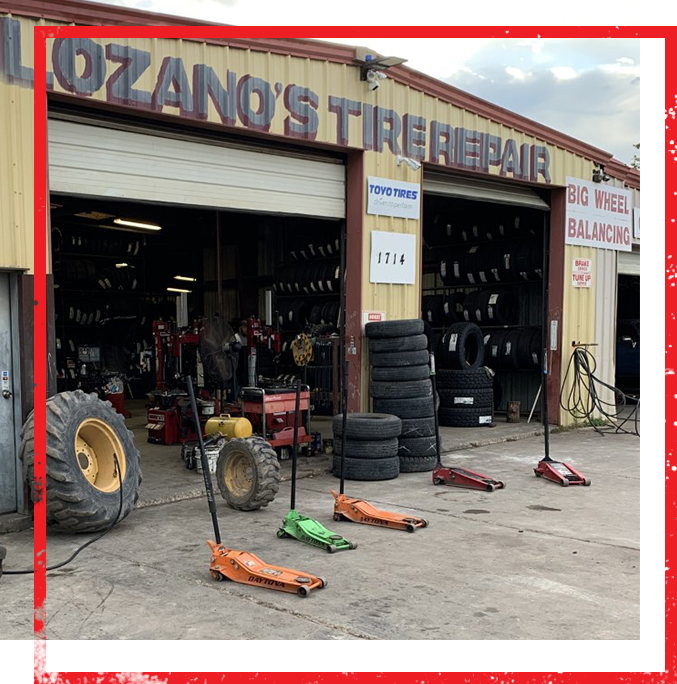Tire Substitute: The Art of Selecting the Right Tire Size
Picking the ideal tire size is an essential facet of preserving optimal performance and safety and security for your car. The complex process of picking the best tire dimension entails greater than simply a random selection from a listing of choices. It calls for a thoughtful consideration of various variables that can significantly affect your driving experience. From comprehending exactly how tire dimension specs are figured out to recognizing the effects of inaccurate sizes on your car's handling and effectiveness, the journey to discovering the ideal tire size is a nuanced one. Remain tuned to decipher the intricacies and nuances of tire replacement, as we check out the art of making the ideal option for your car.
Significance of Correct Tire Size
Choosing the ideal tire dimension is vital for making certain optimum efficiency, security, and effectiveness of your lorry. The correct tire size straight affects numerous facets of your driving experience. Since it affects the general handling of your lorry, one of the essential reasons why tire dimension matters is. Tires that are too large or too little can result in bad grip, trouble in guiding, and an overall decline in stability, specifically during tough road problems. In addition, utilizing the best tire size can also improve gas efficiency. Correctly inflated tires that match the producer's recommended dimension can decrease rolling resistance and boost gas mileage. In terms of safety and security, having the appropriate tire size ensures that your lorry can effectively grasp the roadway, brake effectively, and maneuver smoothly to avoid accidents. Taking the time to select the best tire dimension for your lorry is a fundamental step in maintaining its performance and security on the roadway.
Aspects Impacting Tire Size Selection
A crucial consideration in identifying the appropriate tire size for your car is recognizing the different factors that influence this selection. One crucial element is the manufacturer's advised tire dimension. This details can generally be located in the proprietor's handbook or on a sticker inside the driver's side door jamb. Drifting from the suggested tire size can impact the speedometer accuracy, fuel performance, and general efficiency of the automobile.
If you frequently drive off-road or in tough weather conditions, you may require a tire with a different dimension or walk pattern contrasted to someone who mainly drives on freeways. The terrain you drive on also plays a role in establishing the ideal tire size.
In addition, the size of your wheels can limit the options for tire dimensions. It's important to make sure that the tires you pick work with your wheels to stop any safety hazards or efficiency issues. By meticulously considering these variables, you can pick the right tire dimension that ideal suits your driving requirements and vehicle requirements.
Recognizing Tire Dimension Specs
Tire dimension requirements offer vital info pertaining to the measurements and characteristics of a tire. Understanding these specifications is crucial for picking the appropriate tire for your car. The tire size is typically shown on the sidewall of the tire and is represented by a mix of numbers and letters. An usual tire dimension spec might be P215/65R15. In this instance, "P" signifies the tire kind, "215" represents the tire width in millimeters, "65" is the facet proportion (the proportion of the tire's elevation to gmc tire service its size), and "15" indicates the size of the wheel in inches that the tire is developed to fit.
In addition, tire size specs might consist of lots index and rate score. The lots index shows the maximum weight a tire can sustain, while the speed score indicates the optimal speed ability of the tire. By comprehending these specifications, you can ensure that the tires you select are suitable with your vehicle's needs and provide optimal efficiency and safety on the road.
Impacts of Incorrect Tire Dimension

Incorrect tire dimensions can likewise affect gas performance. Utilizing tires that are not matched for your car can modify the speedometer reading, resulting in imprecise mileage calculations. Moreover, mismatched tire sizes can place additional pressure on the engine and transmission, possibly lowering the general fuel economic climate of the car.

Tips for Selecting the Right Tire Size
Picking the ideal tire dimension for your automobile is necessary for making certain optimum performance and security on the road. To aid in selecting the ideal tire size, consider the following pointers. By complying with these suggestions, you can select the appropriate tire size to maximize your car's efficiency and security.
Conclusion
Finally, choosing the appropriate tire dimension is essential for guaranteeing optimal efficiency and safety of an automobile. Aspects such as vehicle kind, driving conditions, and maker recommendations have to be thought about when picking the best tire size. Inaccurate tire dimension can lead to adverse effects on handling, gas efficiency, and general safety and security. By recognizing tire dimension specs and adhering to suggestions for option, chauffeurs can make enlightened decisions to boost their driving experience.
From comprehending just how tire dimension specifications are established to recognizing the effects of inaccurate sizes on your automobile's handling and performance, the journey to finding the ideal tire dimension is a nuanced one.Tire dimension specifications supply essential info pertaining to the dimensions and qualities of a tire. The tire dimension is typically shown on the sidewall of the tire and is stood for by a combination of numbers and letters. gmc tires. In this example, "P" denotes the tire kind, "215" stands for the tire width in millimeters, "65" is the element ratio (the ratio of the tire's height to its width), and "15" indicates the size of the wheel in inches that the tire is designed to fit
Tires that are also tiny might result in decreased security, especially during high-speed maneuvers, while extra-large tires can cause massaging against the lorry's body parts, leading to possible damage.